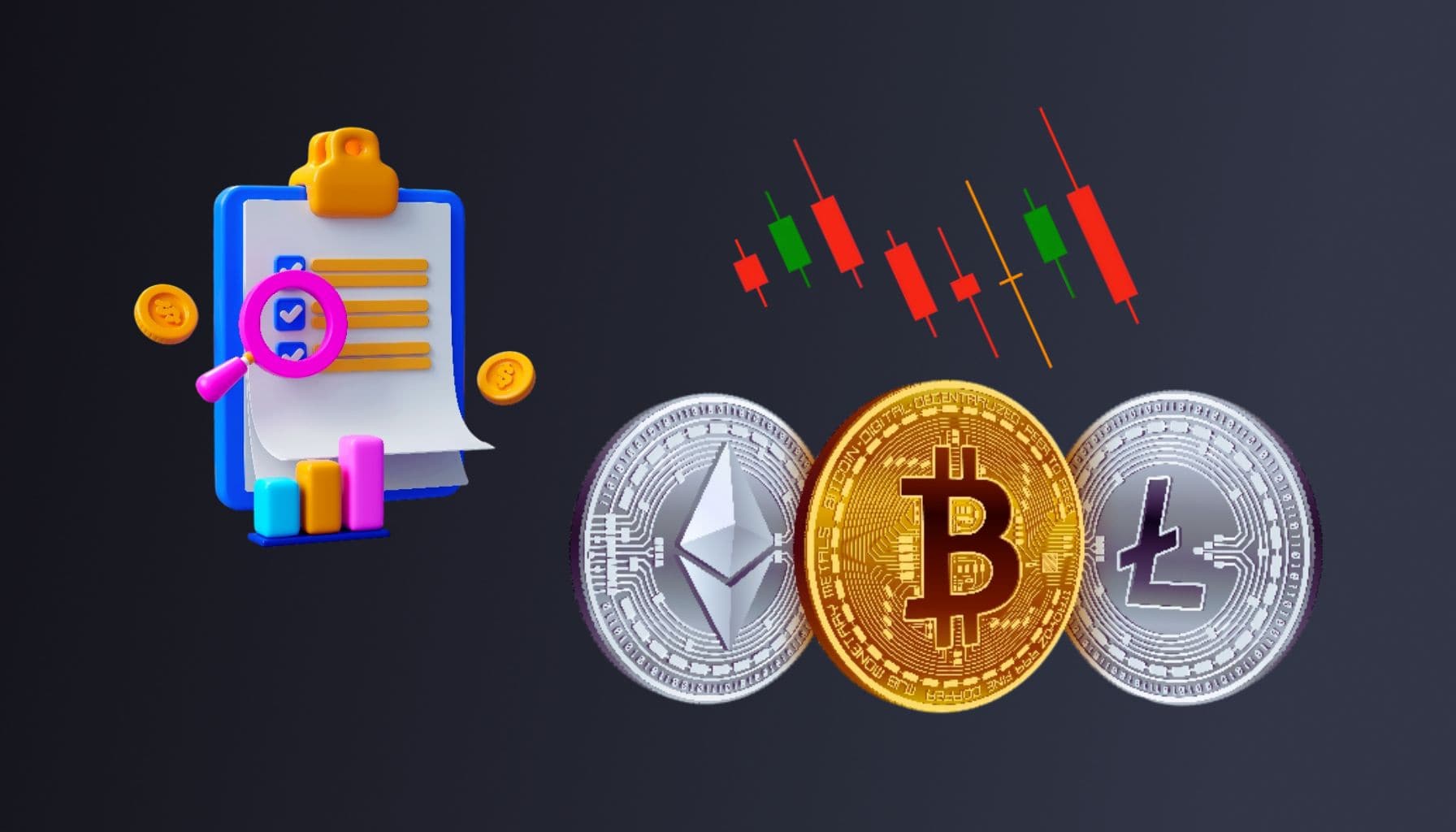Lv kazino
As Qubetics advances to its 20th presale stage, investor enthusiasm is at an all-time high. The $TICS token is currently priced at $0.0667, with the project already raising $11.8 million from 18,200+ investors https://online-kazino-lv.org/. By the end of the presale, $TICS will hit $0.25, delivering a potential 274.71% ROI for early investors. Analysts predict a post-launch price of $10–$15, making Qubetics one of the most promising crypto projects of 2025.
The Stacks long term chart looks bullish. It is printing a series of bullish reversal in the context of a long term uptrend. An acceleration point will be hit, sooner or later, presumably on BTC bullish momentum somewhere in 2025.
The most exciting thing about cryptocurrency investments is that they can skyrocket in value. In 2024, Virtuals Protocol (VIRTUAL -1.94%) increased by more than 23,000%, one of several cryptocurrencies to deliver well over 10x returns. Last year, market leader Bitcoin (BTC -1.63%) also added $1.2 trillion to its market cap and surged past $100,000.
Cryptocurrency market trends february 2025
You are leaving the Galaxy website and being directed to an external third-party website that we think might be of interest to you. Third-party websites are not under the control of Galaxy, and Galaxy is not responsible for the accuracy or completeness of the contents or the proper operation of any linked site. Please note the security and privacy policies on third-party websites differ from Galaxy policies, please read third-party privacy and security policies closely. If you do not wish to continue to the third-party site, click “Cancel”. The inclusion of any linked website does not imply Galaxy’s endorsement or adoption of the statements therein and is only provided for your convenience.
Bitcoin developers will reach a consensus on the next protocol upgrade in 2025. Since 2020, Bitcoin Core developers have debated on which opcode(s) could safely enhance transaction programmability. As of December 2024, the two most supported pending opcodes for transaction programmability include OP_CTV (BIP 119) and OP_CAT (BIP 347). Since Bitcoin’s inception, reaching consensus on soft forks has been a time-consuming and rare feat, but consensus will emerge in 2025 to include OP_CTV, OP_CSFS, and/or OP_CAT in the next soft fork upgrade, although that upgrade will not activate in 2025. -Gabe Parker
The important Fibonacci level of $1.104 will play a pivotal role in determining its bullish potential. Institutional adoption and advancements in real-world asset integration could drive ONDO‘s growth, with significant upside potential if key levels are surpassed.
More than half the top 20 publicly traded Bitcoin miners by market cap will announce transitions to or enter partnerships with hyperscalers, AI, or high-performance compute firms. Growing demands for compute deriving from AI will lead Bitcoin miners to increasingly retrofit, build, or co-locate HPC infrastructure alongside their Bitcoin mines. This will limit hashrate YoY hashrate growth, which will end 2025 at 1.1 zetahash. -Alex Thorn
As cryptocurrency wealth rebounds, we expect affluent new users to diversify into NFTs, viewing them not only as speculative investments but as assets with lasting cultural and historical significance.

Cryptocurrency market update april 2025
After surging in 2022 and 2023, inflationary pressures in the US dissipated in 2024 and through the first quarter of 2025. But inflation is still very much on the mind of crypto investors in the US. In 2025, 39% of US respondents said they buy and hold crypto as a way to hedge against inflation, up from 32% last year. Other countries surveyed were less concerned.
For 2025, Kaspa’s price is expected to fluctuate between $0.089 and $0.19, with a stretched target of $0.25. Investor sentiment and potential partnerships in Kaspa’s ecosystem, combined with institutional interest, may push price towards its stretched target.
From a technical standpoint, the most important news from the past month was arguably the shift in development priorities by the Ethereum Foundation (EF). There are multiple elements to the changes, but from the standpoint of investing in the Ether (ETH) token, the key change, in our view, was the renewed focus on scaling the Ethereum Layer 1 (i.e., increasing the transaction throughput of the Ethereum mainnet itself). Based on EF comments on social media and elsewhere, the rough expectation seems to be a 3x increase in Layer 1 transactions per second (TPS) each year for several years, with a long-run target of 10,000 TPS (Exhibit 4). Increasing Layer 1 TPS while maintaining a degree of pricing power is the best way to increase transaction fees, reduce token supply, and support the token’s price (for more detail, see Ethereum: The OG Smart Contract Blockchain).
Ethereum’s Pectra upgrade is planned to go live on the mainnet around April 8, but the specific date may still be adjusted based on testnet evaluation results. The core goal of this upgrade is to enhance network performance through a series of Ethereum Improvement Proposals (EIPs).
